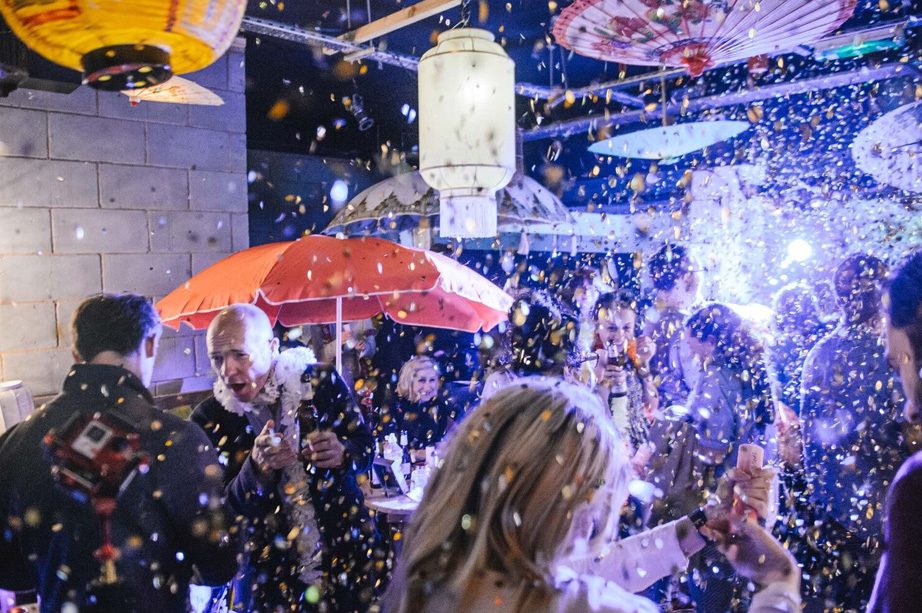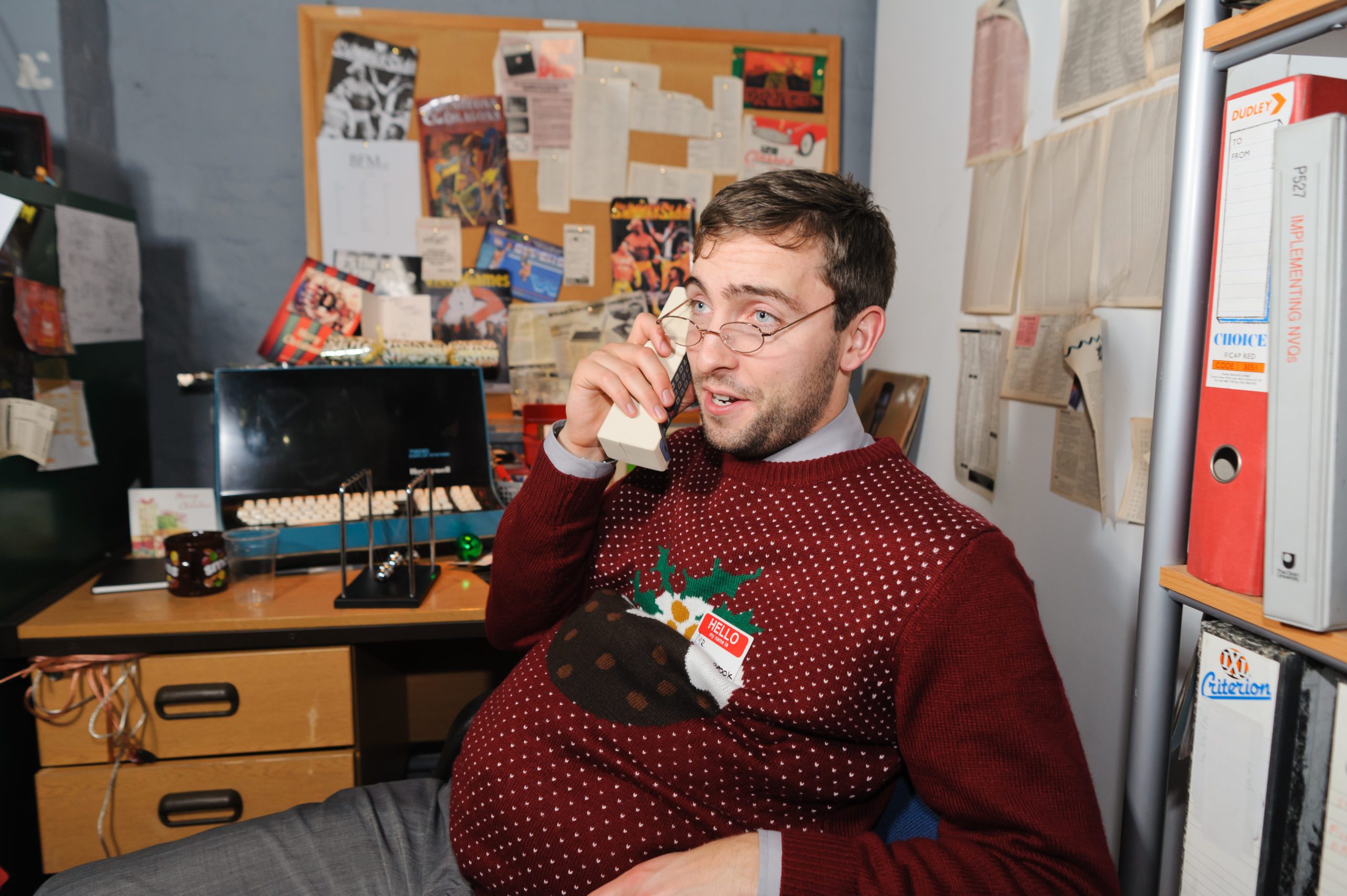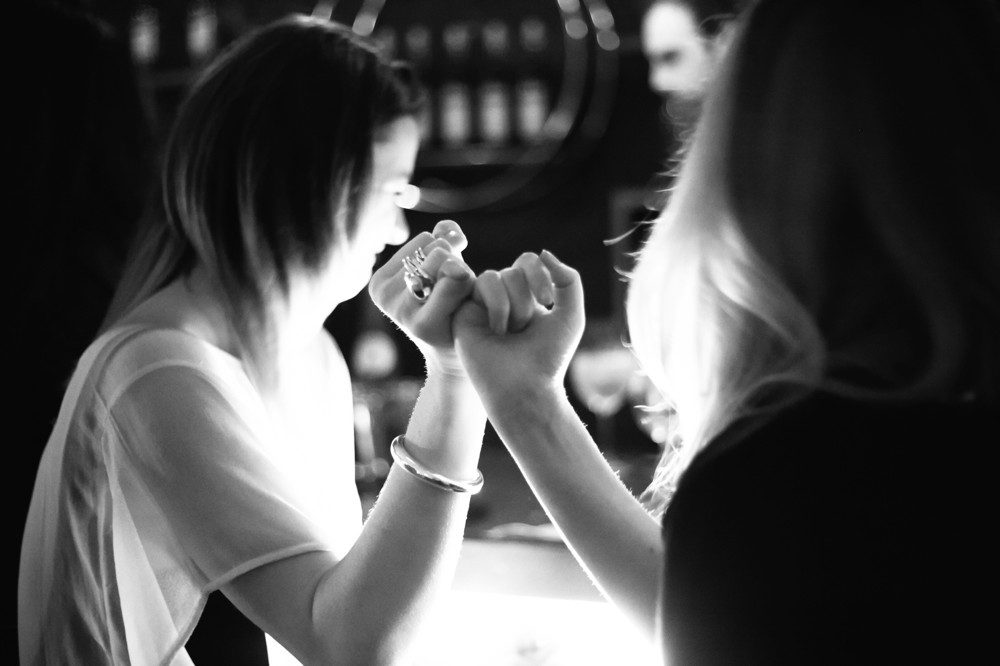
The Importance of Offline Content
the importance of offline content
I thought it might be interesting for a company that builds and designs events to write a blog about the importance of offline, interactive experiences – an opportunity for self promotion and flagrant trumpet tooting. This however, was slightly ill-timed, thought just days before we were forced into our homes. Before our kitchens became the staff room, our living rooms the office, and our bathrooms a trophy cabinet displaying the most valuable item we have ever owned. To write about the importance of offline content feels loaded in a time where people are seeking emotional support from a walk. Ransacking Zoom and Houseparty for a sense of normalcy and social connectedness, settling for comfort in online pub quizzes, over-watering our succulents and inexplicably baking more bread than anyone will ever be able to consume (those of you lucky enough to find flour, my local just had loads of bread).
In this time of anxiety, worry and discovery, I have found myself craving the real and the tangible. The things that can’t be replicated on the internet, like real face to face interaction. The things you can only find offline. In the past three years, we have seen the critical success of social media influence – photographs of deliberately placed bottles of coconut water on dining tables in large open-plan galley kitchens somewhere in North London. The “#ad” offers the invented logic that drinking coconut water has, in some way, assisted with the curation of this aspirational lifestyle. And later on when we stumble upon said bottle of coconut water, we relinquish all rationality and buy a bottle holding onto some unavailable notion that it might bring us one step closer to a butler sink and a tiled breakfast bar. And whilst sipping our horrid, room temperature bottled water we look at our own belongings and our own homes, and we reflect and slowly work out where the best light is to show off our new, half full purchase. And thus the cycle perpetuates. Slowly, over the next few weeks, we will eventually tire of the #ad, secure in the knowledge that stores are closed and outdoor movement has been restricted, so getting that supply of coconut water of any temperature seems less impressive and less pertinent. Instead we hero those who have toilet paper and a healthy supply of chick peas and anchovies. We will re-discover our ability to switch things off and distance ourselves. We will become less obsessed with other people, and instead turn to those closest to us. The popularity of apps like Houseparty and Zoom have already proven our innate desire to be heard and seen, and to see and hear others, and I hope that this continues.
The corporate, generalised ‘one size fits all’ marketing strategies are becoming less invigorating and less impactful, we are seeking truth and immediacy and that just can’t come from a blanket canapés and Prosecco networking night, on a carpeted floor on the fourth floor of a four star hotel with good transport links and healthy WiFi. We want interaction, we want people, we want memories and warmth and emotion. For now, we will settle for video chats and voice memos.

So how will this look in the future?
Well, after 6 months of social distancing I’m pretty certain no one will be running to get on the tube during rush hour, and I’m sure train stations and airports will be reluctant to lose the distinguished queuing systems so neatly demonstrated by our local supermarkets. Restaurants and pubs might reduce their capacities, theatre and cinemas might be less willing to sacrifice leg space in order to cram in another row of folding chairs and aeroplanes might be less vocal about their “premium economy” options. Us, we might be more thoughtful/pickier about who we chose to spend time with and we might be less enthusiastic about queuing in a pub to get a round in, once we’ve delighted in the pleasure of never having to queue in the bar aka the kitchen. This means those large scale, mass events that cram together more bodies in small spaces will be less of a priority, so we need to look at events and campaigns that will champion our more intense sense of personal space. Long live the face to face, person to person. In however it manifests in the future, with as many social restrictions as it might need to have, there will always be joy in seeing an authentic emotional reaction like a roll of the eyes, a passive aggressive tut or a muffled yawn. These are things we can never replicate in writing or in pictures or in stories. It’s an earnest,“you had to be there” moment, and that is what shuttlecock is looking forward to.
You had to be there, and we hope you will be.

The Shuttlecock Team
(Beccy, Anna and Clem.)


